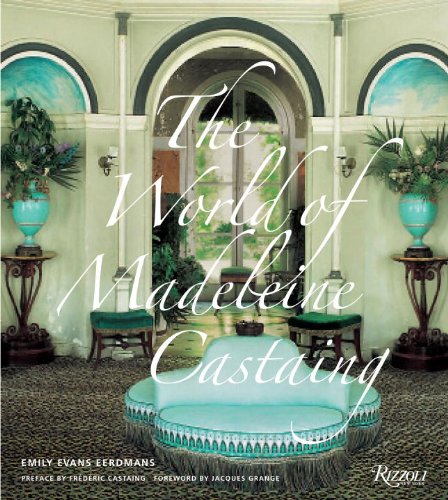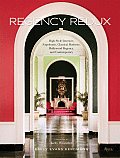This year I received a very nice follow-up note who credited my advice with helping her finally land a job after months of pounding the pavement. My hope in sharing this is that as she found something useful here, perhaps another may also be able to benefit.
Sure, if you are lucky enough to get hired by Sotheby’s or Christie's, you will be put in a department and then – boom – your entire career will have been dictated by that assignment because once you specialize, it is difficult to start over in something else. Maybe you will find that you have a deep and abiding passion for silver or Latin American Art, otherwise....
Instead of just looking at jobs that are available, focus on what your specialty is and contact relevant dealers/institutions/departments even if for just an informational interview.
Or is there someone doing what you would like to be doing? See if you can take them to coffee or lunch and hear about how they got to where they are. Obviously not everybody can go up to contemporary art hotshot auctioneer Tobias Meyer and ask to pick his brain – try to network through your alumni network or ask a professor if they know of someone.
2. If you can afford to, intern. By not getting paid, you should be able to work almost anywhere you would like to. This way you can also get a blue chip name on your resume, a recommendation, and who knows, maybe a job. Ideally, you should do this also while you are still in school so you can start building your resume and rolodex.
3. For internet job listings, in
4. Ladies, you can’t go wrong wearing all black to the interview, and, for men, yes, a suit is still important. Even if no one working there is dressed in one, it shows respect. Look impeccable – appearance is extremely important in the art world.
6. Write a follow-up thank you email that day (handwritten is always appropriate, but decisions get made so quickly, an email might be better)
Any more sage words to pass along?








7 comments:
Really good advice, Emily. I just wish I was young enough to take advantage of it.
I'm just being pedantic here but I was intrigued by your tip about choosing an easy-to-read sans serif font for the resumé. I know what you mean; it looks clean and contemporary. However, I've always understood that a serif script is easier to read. Anyone else under that impression??
Rose, that is so interesting - I didn't realize that serif is considered easier to read in print. Thank you for pointing that out.
Indeed there are some serif fonts that I like very much for cvs (I've used Bodoni), but I think - to be safe - sans-serif will look more modern and will be easier to read if the resume is emailed or faxed. Again, I think appearances and style is stressed a lot in the art world, and sans-serif is a safer bet to looking contemporary and elegant.
Would love to hear more opinions on this!
Great ideas, Emily. I would add to no. 4, DON'T WEAR FLIP FLOPS! I can't believe how many people I see who wear flips to work!!! It's totally unprofessional and it's disgusting!
Meg, you remind me of how a career advisor spoke to us at Sotheby's Institute and told us to make sure we clipped our nails - we were so insulted by this commonsense advice. Yet surprisingly some people do need to be told these things!
Wonderful advice, how generous and kind of you to be so concerned for those coming up in the world!!
I would add...
Be charming and show complementary interest in who ever is interviewing you. This basic social tactic always gets one the job or what ever one wants in life!
i agree about looking neat and professional, also showing up on time, informed, and prepared.
too many "artists" come to me looking for work with no resume or portfolio or any real good reason for contacting me other than that they are looking for money.
it is important to know what you want and how the job fits into your goals.
What insightful and wonderfully helpful advice - thank you for yet another great post, Emily! I think that the importance of interning in the art world while you are still in school is paramount and making sure to specialize early on so that you are not pigeon holed into an area of collecting that you aren't passionate about. I think the candid advice about looking the part is crucial too.
Post a Comment